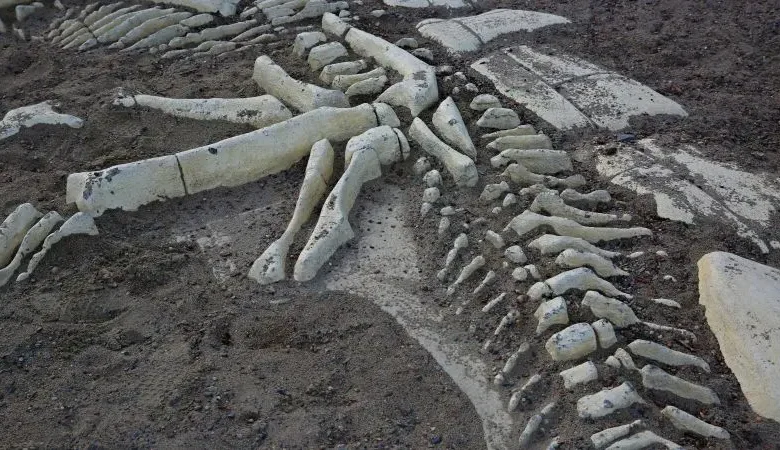What was life like 4 billion years ago?

Young Turkish physicist Furkan Öztürk’s groundbreaking discovery on the origins of life has generated excitement in the scientific community. His research, conducted at Harvard University, has uncovered a mystery dating back four billion years. The findings offer insights into how life began on Earth and potentially beyond.
The breakthrough has been hailed as significant by Nobel laureate scientist Jack Szostak, with implications for the field of natural sciences. Öztürk’s experiments shed light on the enigma of “homochirality” and may provide answers to long-standing questions.
Prominent Turkish physicist Furkan Öztürk, a doctoral candidate at Harvard University’s Department of Physics, has made significant strides in unraveling one of the biggest mysteries in science. With his groundbreaking research on the origins of life, Öztürk aims to shed light on how life began on Earth and the formation of the first living cells. His work on the concept of homochirality, which explores the handedness of molecules crucial to life, has garnered attention in prestigious scientific publications like Science. This previously enigmatic problem, regarded as one of the top 125 challenges in the natural sciences, holds the potential to revolutionize our understanding of life’s beginnings.

Turkish physicist Furkan Öztürk, currently pursuing his doctorate at Harvard University’s Department of Physics, has made groundbreaking discoveries in the realm of scientific inquiry. His research focuses on unraveling the mysteries surrounding the origins of life and the formation of the first living cells on Earth. Öztürk’s exploration of homochirality, the phenomenon of handedness in molecules crucial to life, has garnered significant attention in esteemed scientific journals such as Science. This pivotal breakthrough addresses one of the 125 greatest challenges in the natural sciences, paving the way for a transformative understanding of life’s inception.
New findings shed light on the quest for extraterrestrial life
Öztürk’s breakthrough discovery, featured in esteemed journals like Science and Nature, has sparked great excitement:
“With this discovery, we have shed light on a crucial mystery surrounding the origins of life. How life emerged remains one of nature’s biggest enigmas, akin to a puzzle with missing pieces. We don’t have extensive direct evidence from 4 billion years ago. However, our study has successfully placed a significant piece in the puzzle of life’s beginnings. We are yet to uncover the surrounding pieces and their implications. But I am confident that this breakthrough will not only provide answers to other questions but also offer intriguing clues about the origins of life, and possibly insights into potential life forms on other planets. Understanding how life formed on Earth will grant us more knowledge about the conditions under which life could arise.
Such information can guide the search for life beyond Earth. In essence, comprehending life on Earth may also assist us in discovering other life forms elsewhere. While making definitive claims is challenging, this possibility is within reach.”










